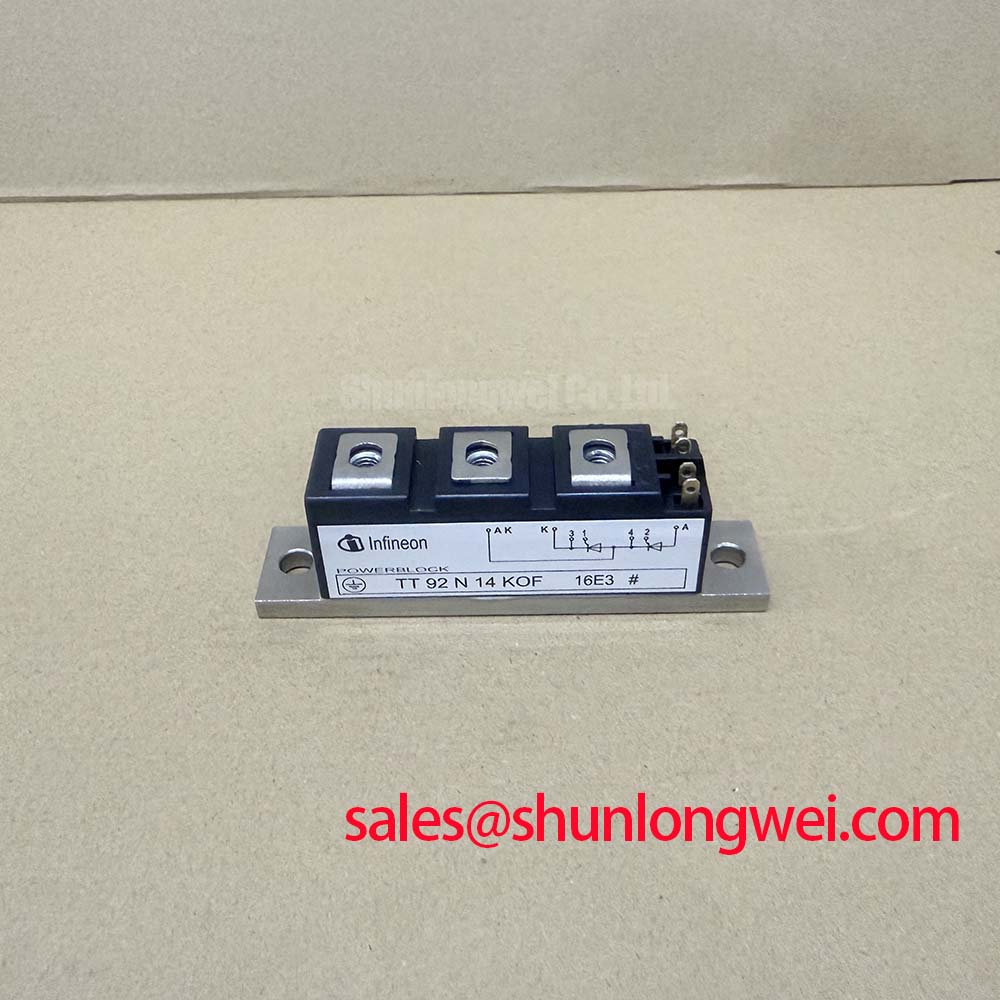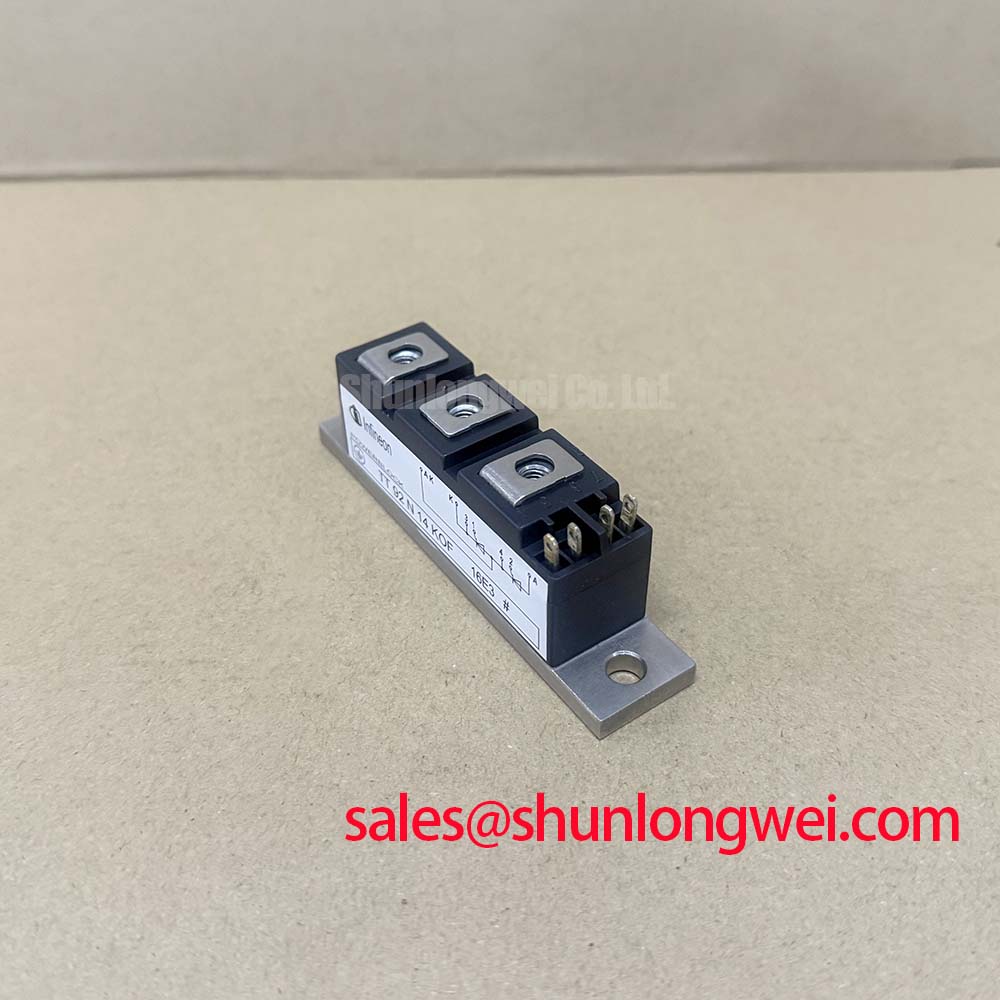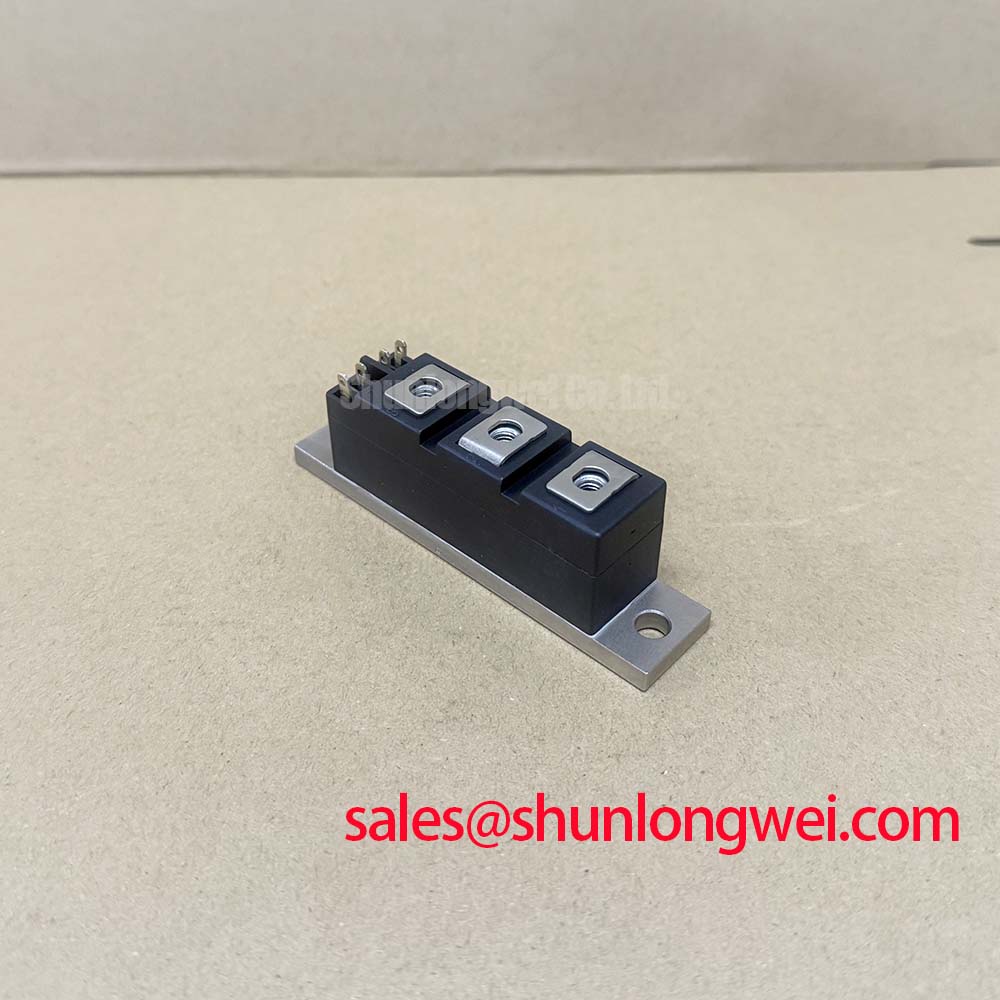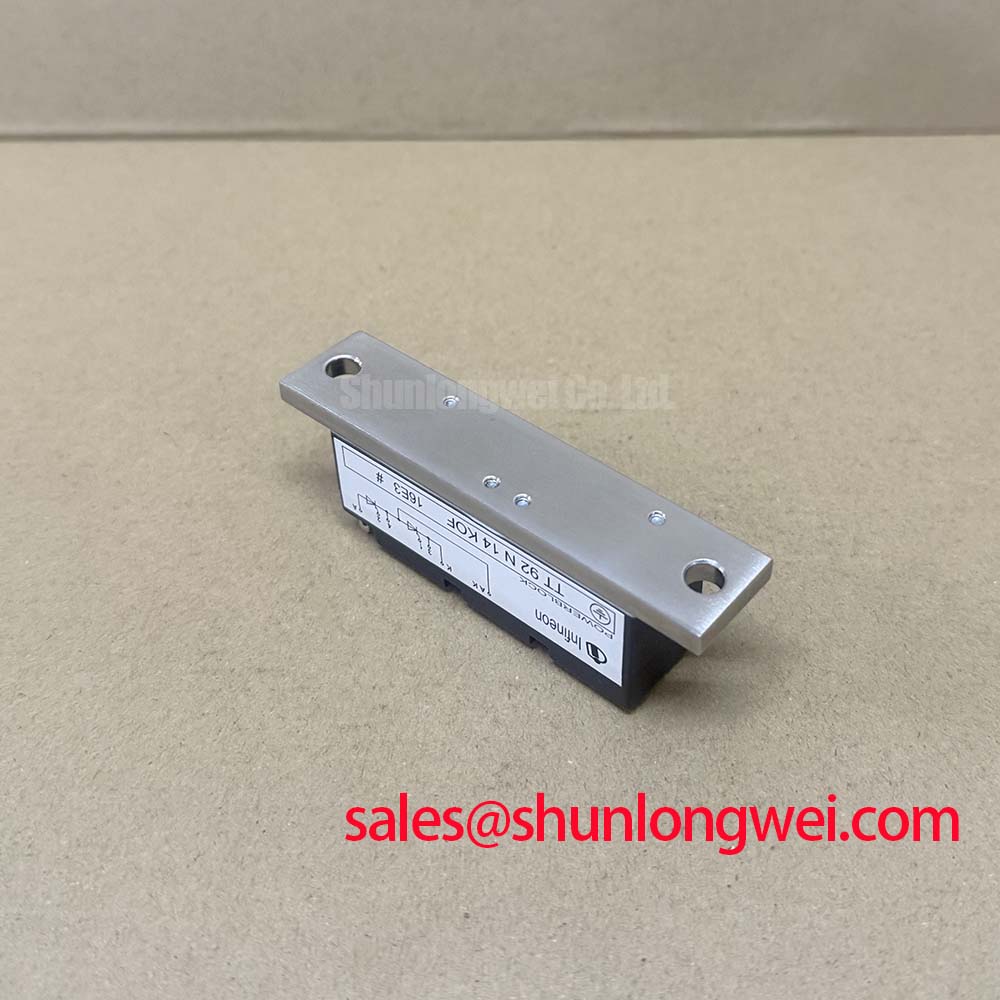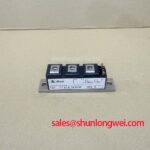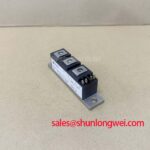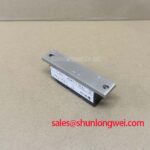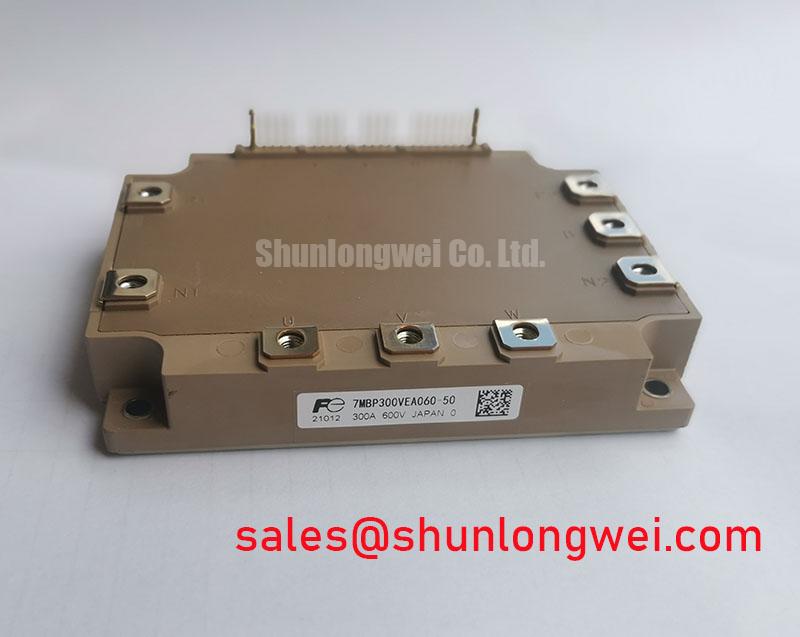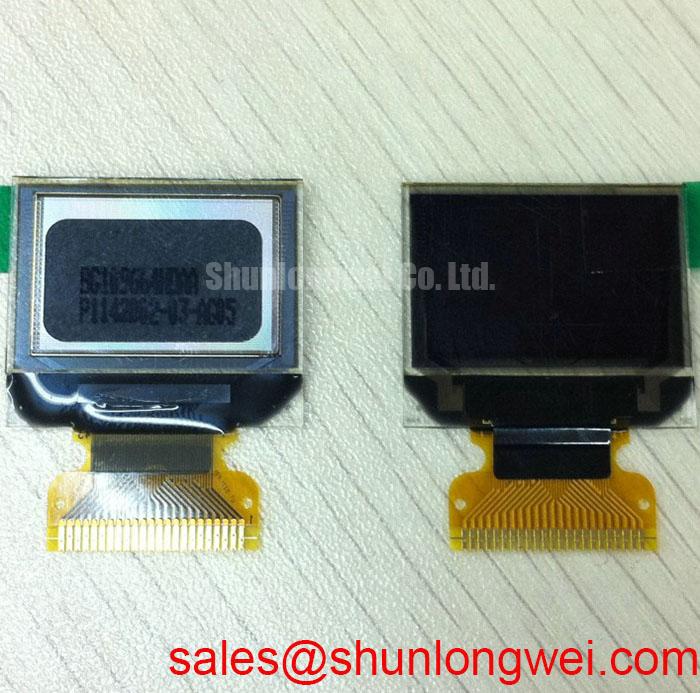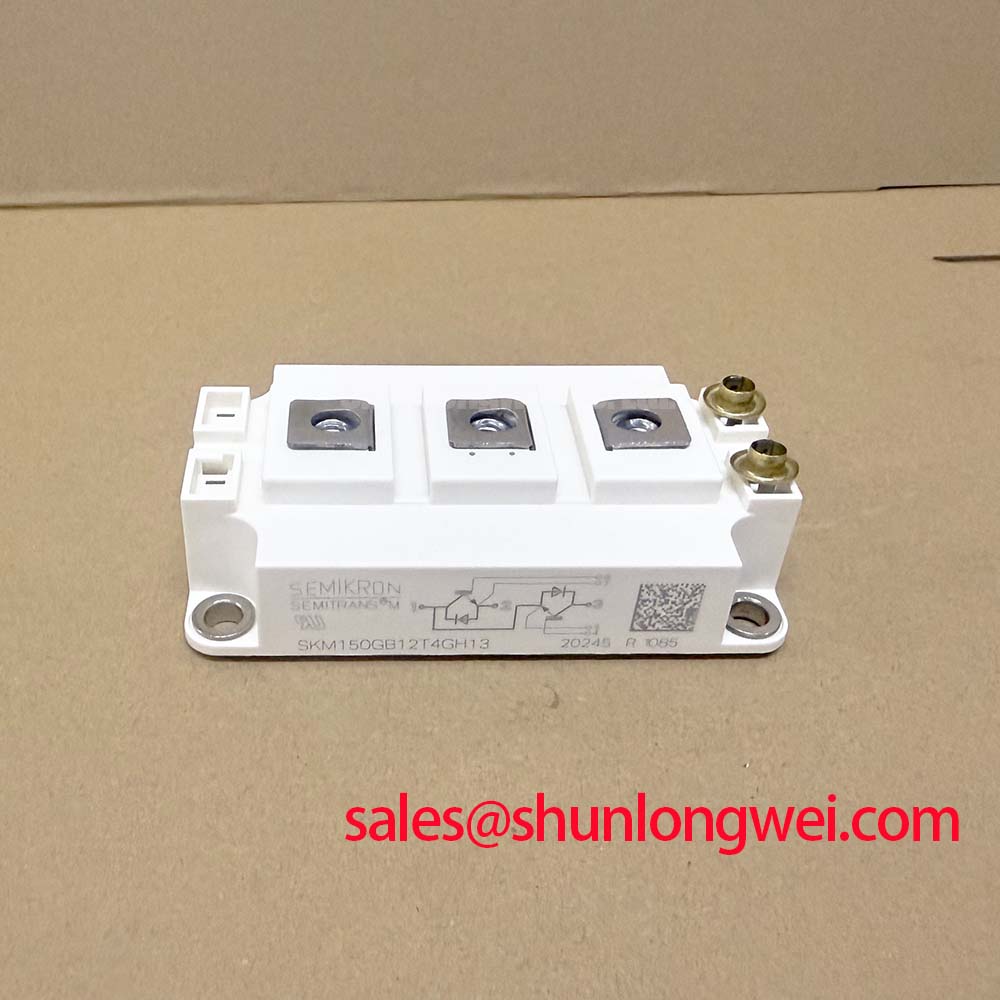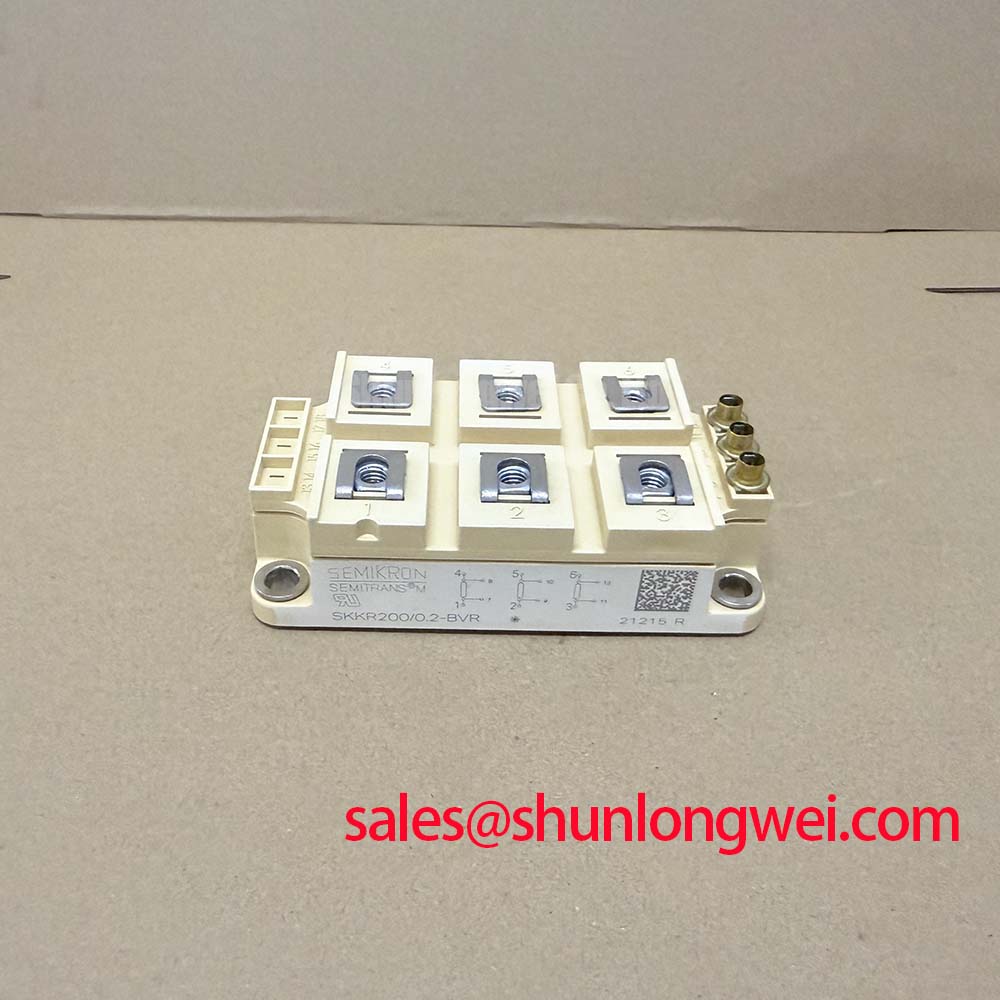TT92N14KOF Thyristor Module: Datasheet & Tech Specs
Infineon TT92N14KOF Thyristor/Diode Module: Engineering Reliability Through Advanced Thermal Design
The Infineon TT92N14KOF Thyristor/Diode Module is engineered for superior operational longevity in high-stress power conversion systems by leveraging a robust, solder-free pressure contact design. With top specifications of 1400V repetitive peak reverse voltage and an average on-state current of 92A, this module provides exceptional thermal cycling endurance and simplified thermal management. How does its core technology prevent common failure modes? The pressure contact construction directly addresses the challenge of solder fatigue, a primary cause of degradation in conventional power modules subjected to frequent temperature fluctuations, ensuring a more durable connection between the semiconductor chip and the substrate.
A Deeper Dive into Pressure Contact Technology
At the core of the TT92N14KOF's design philosophy is its use of Pressure Contact Technology. Unlike traditional modules that rely on soldered connections to bond the silicon die to the Direct Bonded Copper (DBC) substrate, this technology uses a precisely engineered clamping force. This mechanical connection forms both the electrical and thermal path. The primary engineering benefit of this approach is the near-elimination of solder fatigue, a critical failure mechanism that occurs when materials with different thermal expansion coefficients are repeatedly heated and cooled. This makes the TT92N14KOF inherently more robust in applications with significant load cycling, such as motor soft starters or temperature controllers. This design choice translates directly into a longer operational lifespan and a more predictable performance curve over the lifetime of the end equipment.
Deployment Snapshot: Enhancing Uptime in Industrial Automation
Consider a medium-voltage AC motor soft starter in a manufacturing plant, an application characterized by frequent start/stop cycles that induce significant thermal stress on power electronics. In this environment, a system integrator deployed the TT92N14KOF module to control the motor's starting current. The choice was driven by the need for maximum reliability to prevent costly production line downtime. The module's pressure contact design proved critical, withstanding the repetitive thermal shocks far more effectively than previous soldered solutions. This resulted in a measurable increase in the starter's mean time between failures (MTBF), reinforcing the direct link between the module's internal construction and its value in real-world industrial settings. For industrial drives where consistent performance under cyclic loads is paramount, the TT92N14KOF's architecture provides the optimal foundation for system dependability.
Frequently Asked Questions (FAQ) for TT92N14KOF
What is the primary advantage of the pressure contact design in the TT92N14KOF?
Its main benefit is significantly enhanced long-term reliability. By eliminating solder layers between the chip and the substrate, it mitigates the risk of fatigue-related failures caused by repetitive thermal cycling, a common issue in applications like motor drives and rectifiers.
What is the maximum junction temperature for this module?
The TT92N14KOF is rated for a maximum operating junction temperature (Tvj max) of 125°C, as specified in the official datasheet. Operating within this limit is crucial for ensuring the module's performance and longevity.
Can the TT92N14KOF be used in a three-phase controlled rectifier configuration?
Yes, this module's topology, which includes two thyristors, is well-suited for building phase-controlled rectifiers and AC controllers. Multiple modules can be combined to manage three-phase power systems for applications like industrial power supplies and DC motor drives.
What considerations are needed for mounting this pressure-contact module?
Proper mounting is essential to ensure correct operation. A specific, uniform clamping force must be applied across the module's housing as defined in the datasheet. This requires a calibrated mounting clamp to establish the necessary pressure for optimal electrical and thermal contact. Unlike screw-terminal modules, the force itself creates the connection.
Strategic Value in High-Reliability Systems
The adoption of components like the TT92N14KOF reflects a broader industry shift towards prioritizing Total Cost of Ownership (TCO) over initial component cost. In critical infrastructure—from industrial automation to grid-tied power supplies—the cost of failure and maintenance far outweighs the initial hardware investment. The pressure contact technology within the Infineon TT92N14KOF is a direct answer to this demand. By designing out a known wear-out mechanism (solder fatigue), it provides engineers with a foundational component for building systems that not only meet performance specifications but also deliver on long-term service life promises. This aligns with the strategic goals of Industry 4.0, where system uptime and predictive maintenance are key pillars of operational efficiency.
Core Performance Metrics at a Glance
The following parameters are central to the engineering value of the TT92N14KOF, directly influencing its thermal performance and electrical robustness. For a comprehensive list of specifications, please download the official datasheet.
| Parameter | Value |
|---|---|
| Repetitive Peak Reverse Voltage (VRRM) | 1400 V |
| Average On-State Current (ITAVM @ TC=85°C) | 92 A |
| Isolation Voltage (VISOL, 50 Hz, RMS, t=1s) | 3000 V |
| Thermal Resistance, Junction to Case (RthJC per Thyristor) | 0.30 K/W |
| Operating Junction Temperature (Tvj op) | -40 to 125 °C |
Interpreting Key Parameters:
- VRRM (Repetitive Peak Reverse Voltage): At 1400V, this module offers a substantial safety margin for applications on 400V, 480V, and even some 690V AC lines, protecting against voltage transients commonly found in industrial environments.
- RthJC (Thermal Resistance, Junction to Case): This value represents the efficiency of heat transfer from the active silicon to the module's case. Think of it as the inverse of a pipe's diameter for heat flow; a lower value like 0.30 K/W signifies a wider "pipe," allowing heat to escape more easily. This enables more effective cooling and supports higher power density. What is the impact of low thermal resistance? It allows designers to use smaller heatsinks or operate at higher currents while keeping the junction temperature within safe limits.
Engineered for Demanding Power Control
The robust thermal and electrical characteristics of the TT92N14KOF make it an excellent component choice for a range of power conversion and control applications where reliability is a primary consideration.
- Industrial Motor Drives: Particularly suited for soft starters and variable frequency drives (VFDs) that experience frequent on/off cycles and varying loads.
- Controlled Rectifiers: Forms the core of highly reliable front-end rectifiers for DC power supplies, battery chargers, and DC motor controllers.
- AC Power Controllers: Ideal for industrial heating controls, light dimming systems, and static AC switches where precise and durable power regulation is needed.
- Renewable Energy Systems: Can be employed in line-commutated converters and control circuits within wind or solar power systems.
Comparative Data for Informed Decisions
When evaluating power modules, engineers must consider the trade-offs between different construction technologies. The information below is provided to support a data-driven assessment based on typical characteristics.
TT92N14KOF (Pressure Contact) vs. Standard Soldered Modules
- Thermal Cycling Capability: The pressure contact design of the TT92N14KOF offers inherently higher resilience to power and thermal cycling compared to conventional modules with soldered chips. This is a critical differentiator for applications with non-continuous loads.
- Failure Mode: While soldered modules can be susceptible to solder joint cracking over thousands of cycles, pressure contact modules typically exhibit a more graceful degradation at their end-of-life, assuming proper mounting force is maintained. For systems where predictable lifetime is a key design input, the TT162N16KOF offers a higher current alternative with the same robust technology.
- Mounting Procedure: Standard modules often use simple screw-down terminals. The TT92N14KOF requires a specific clamping system to apply a distributed force, which is a key design consideration during mechanical integration but is fundamental to its reliability advantage.
As power systems continue to evolve, demanding greater power density and longer operational lifetimes, the foundational technology of power modules becomes paramount. The Infineon TT92N14KOF, with its focus on eliminating common failure points through its pressure contact design, represents a strategic choice for engineers developing next-generation industrial equipment. By building upon a platform of inherent thermal robustness, designers can create more compact, reliable, and cost-effective solutions that are prepared for the rigors of modern industrial and energy applications. For further reading on module reliability, explore this guide to understanding and preventing common failure modes in power modules.

